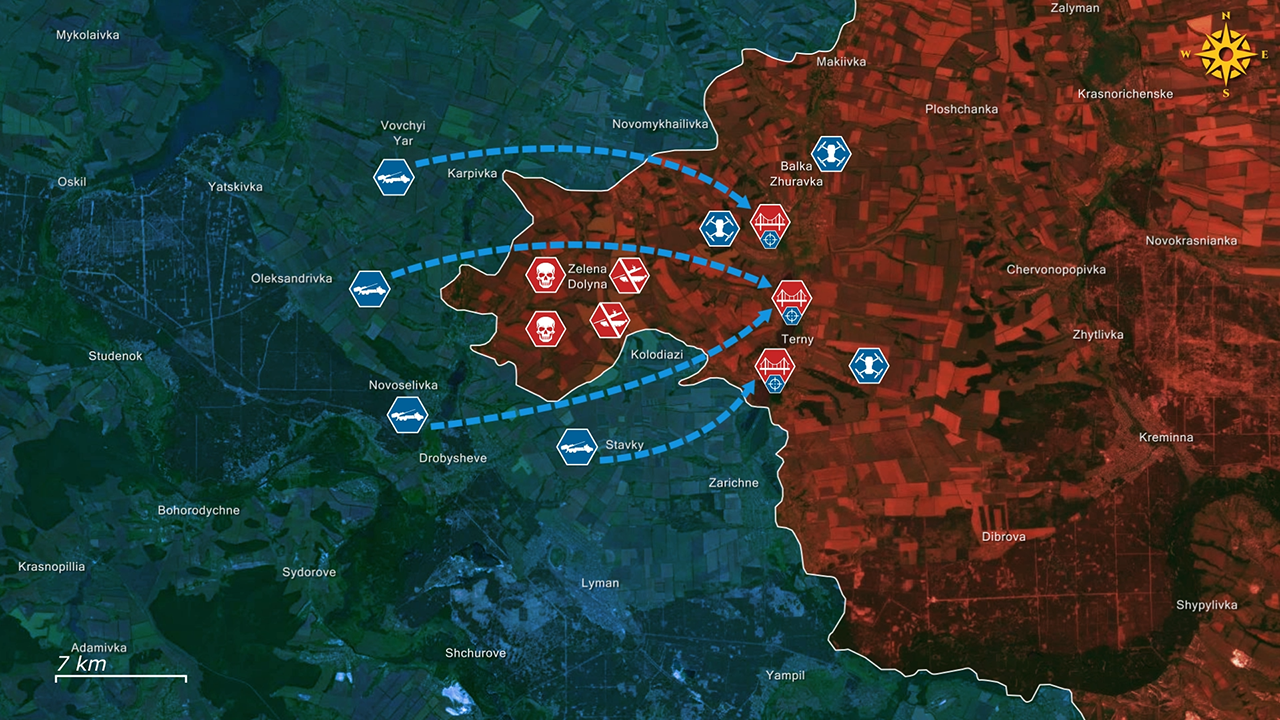Today, the biggest news comes from the Lyman direction.
Here, Ukrainian air, drone, and heavy tube artillery are systematically cutting crossings and destroying reserves before they can mass.
Now those interdictions are causing Russian logistics to collapse, as bridging efforts stall under repeated strikes, supply columns fragment, and armored groups lose the sustainment and momentum they would need to close on Lyman.
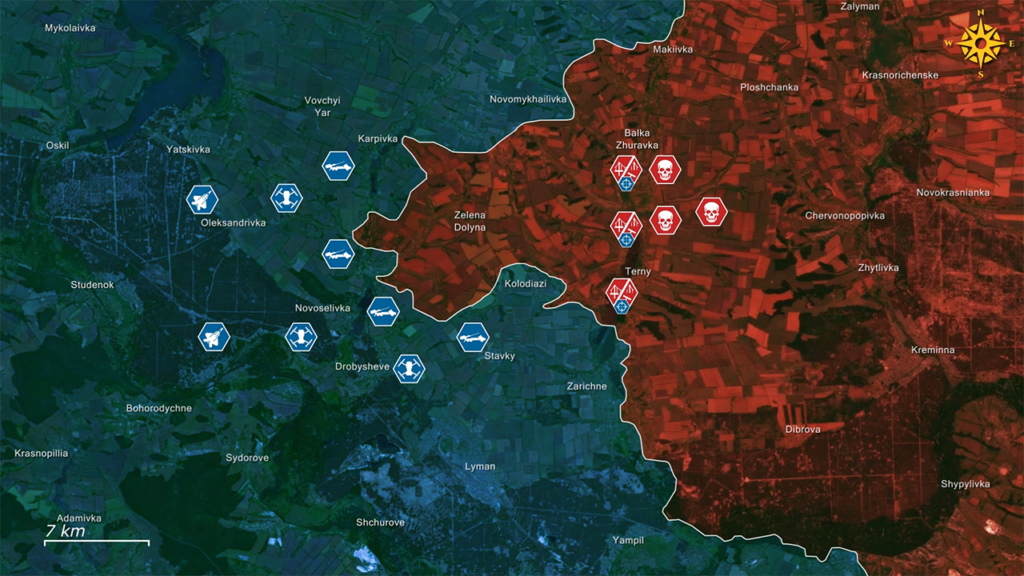
Russian combined assault plan spotted early
Russian commanders appear to be preparing a classic combined assault, hoping to rush into the outskirts of the town, establish a foothold, and allow infiltration groups to spread behind Ukrainian lines.
To accomplish this, large armored formations are already moving into staging areas, Russian engineer detachments work tirelessly to build pontoon crossings over the Zherebets River, and supplies are readied for the urban battle to begin.
Unfortunately for the Russians, Ukrainians spotted this sudden large-scale activity already from the start, and are working to put a deliberate stop to the Russian master plan.
Geolocated footage shows an airstrike recently striking a crossing that engineers were preparing over the Zherebets River near Balka Zhuravka.
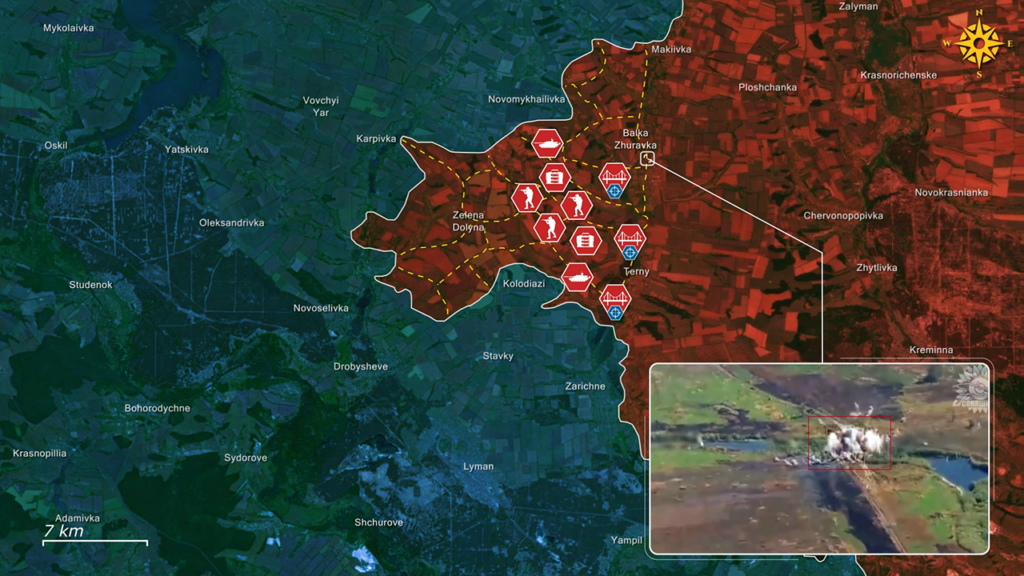
Ukrainian air strikes destroy five critical bridges
Additional footage shows Ukrainian air strikes continuing to destroy Russian bridging efforts, each strike using two bombs to double the damage and ensure successful strikes, setting back Russian preparation days, if not weeks till new equipment can arrive.
The GBU-39 air-launched bombs that Ukrainians are using show incredible resistance to Russian GPS jamming, as a total of five bridges were hit and completely destroyed.
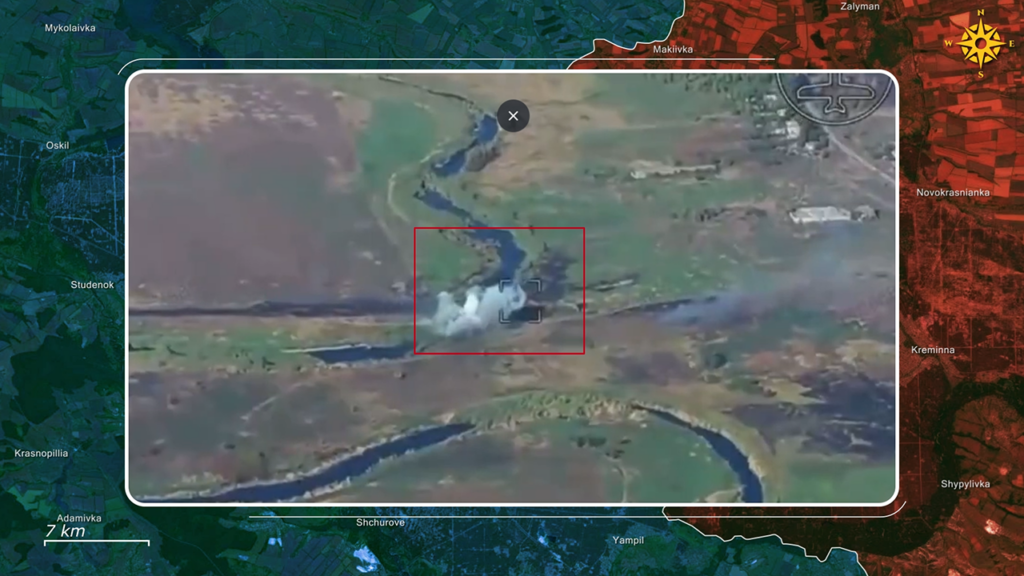
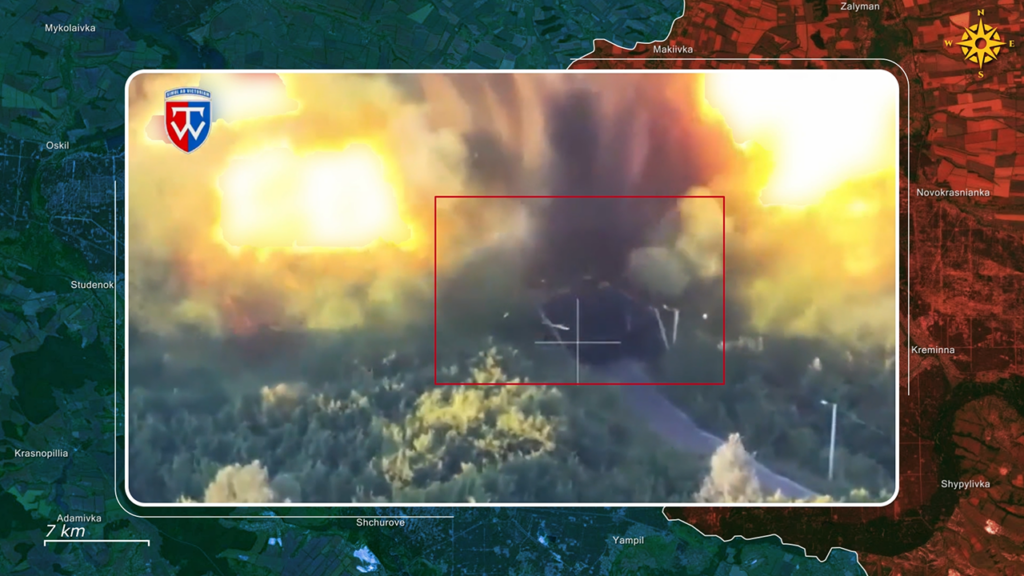
Simultaneously, Ukrainian FPV drone operators are striking Russian tanks as they are moving up their remaining reserves all the way near the frontline, most notably scoring a confirmed hit on a modern T-90M Proryv tank near the village of Terny.

New artillery brigade changes battlefield dynamics
Unfortunately for the Russians, Ukrainian reinforcements have strengthened their position, as a new tube artillery brigade recently augmented the 3rd Army Corps. The 52nd Separate Artillery Brigade, created and publicized through volunteer fundraising and unit announcements, has been added.
Notably, this unit sports domestically produced Bohdana self-propelled artillery systems, alongside other 152-155 millimeter tube artillery. This addition places significantly more sustained firepower directly to the Lyman sector, able to engage river approaches, road nodes, and staging areas repeatedly and accurately, while moving away before being hit by Russian counterbattery strikes.
Since the reinforcements arrived, Ukrainian artillery has been busy, as multiple shows of complete fire control confirm coordinated tube artillery missions against Russian ground lines of communication, bridging works, and rear-area reserves.
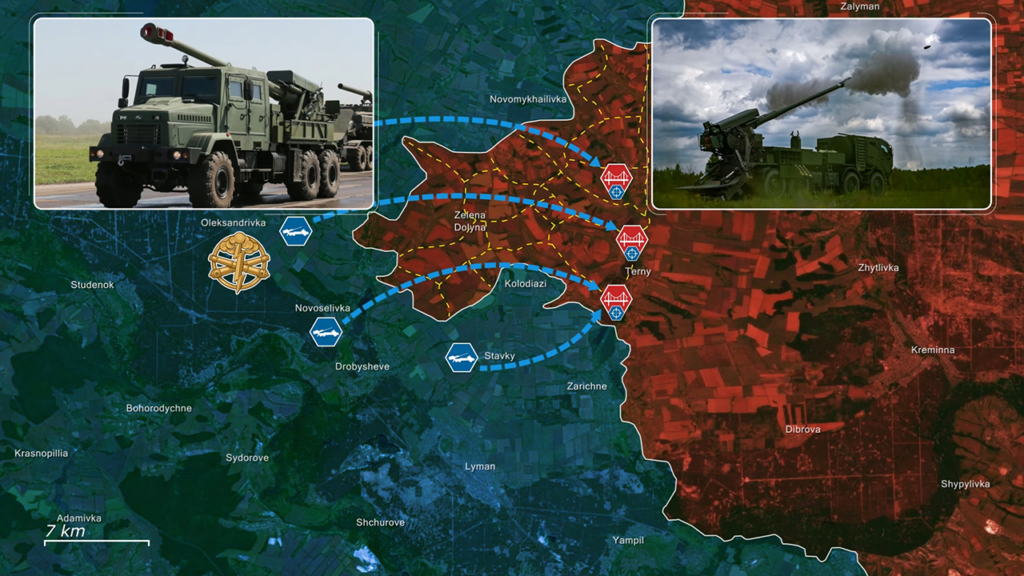
Artillery coverage now spans full depth of Russian approach routes
Geolocated footage shows towed and self-propelled guns firing in registered missions, followed by observable secondary explosions on targeted crossings and Russian vehicle concentrations.
The combined effect is immediate, as even Russian engineers cannot construct crossings under sustained Ukrainian artillery fire, and Russian reserve armor is eliminated or dispersed before it can mass.
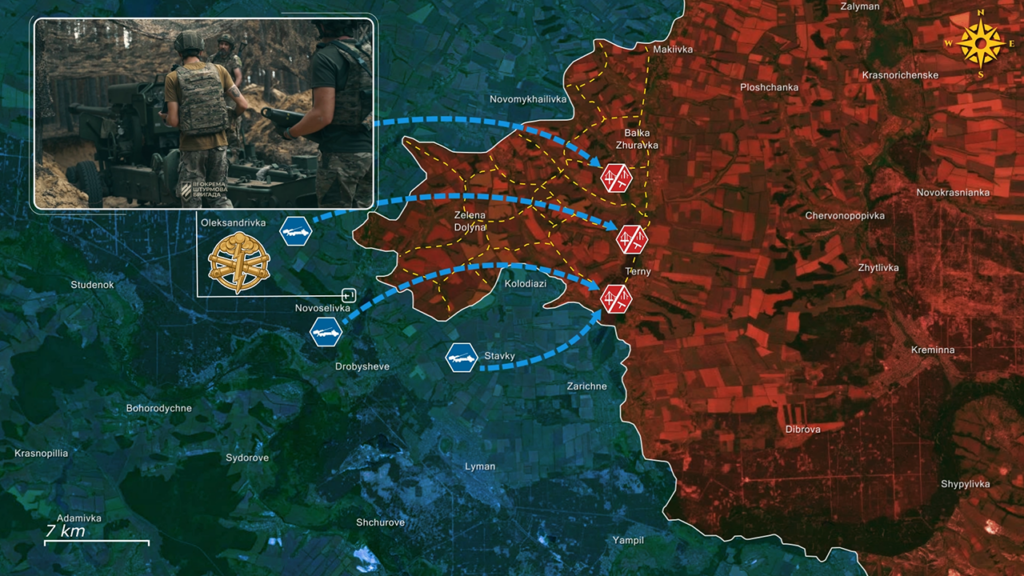
Operationally, this shifts the dynamics in two decisive ways: firstly, the range and volume of Ukrainian tube artillery now cover the full depth of Russian crossing sites, meaning Ukrainians no longer rely solely on air or FPV strikes to stop Russian bridge-building and assault preparations.
Secondly, the detection-to-engagement chain has drastically shortened, as Ukrainian reconnaissance drones spot crossing works or vehicle concentrations several kilometers back, and the new plentiful artillery crews deliver devastating fire while follow-up drones or artillery strikes exploit the damage and finish off what remains.
The result is that the large armored thrust planned by the Russians to reach Lyman is being disassembled in stages, before they can even consider launching the attack.
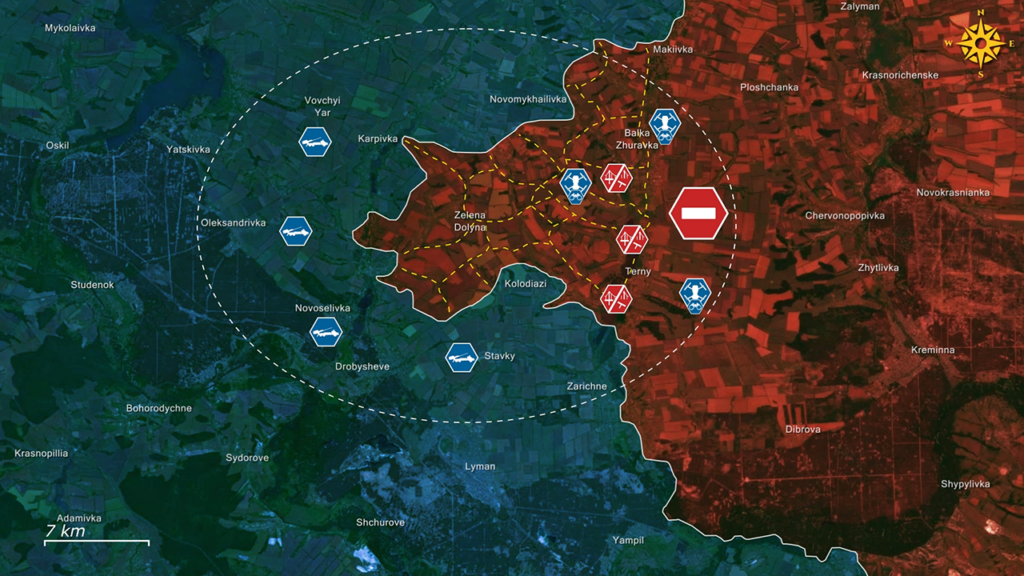
Russian offensive options narrow under sustained Ukrainian fire
Overall, concentrating armor for a single decisive push has handed Ukraine a predictable series of targets at and makes engineers and bridging crews highly vulnerable while they work.
Those Russian bridging assets will be forced to choose between finishing crossings under constant fire or trying dispersed and nocturnal methods that sacrifice the tempo and cohesion needed for a rapid breakthrough.
By contrast, Ukraine's layered interdiction, combining air and FPV strikes with persistent tube artillery fires and targeted air strikes, turns approach roads and river crossings into kill zones rather than simple avenues of advance.
If this pattern holds, Lyman will be defended in depth, as the town itself will remain protected and surrounding by pre-designated fire zones and zeroed in highly mobile artillery systems as even Russian infiltration groups will now come under constant Ukrainian artillery fire.




